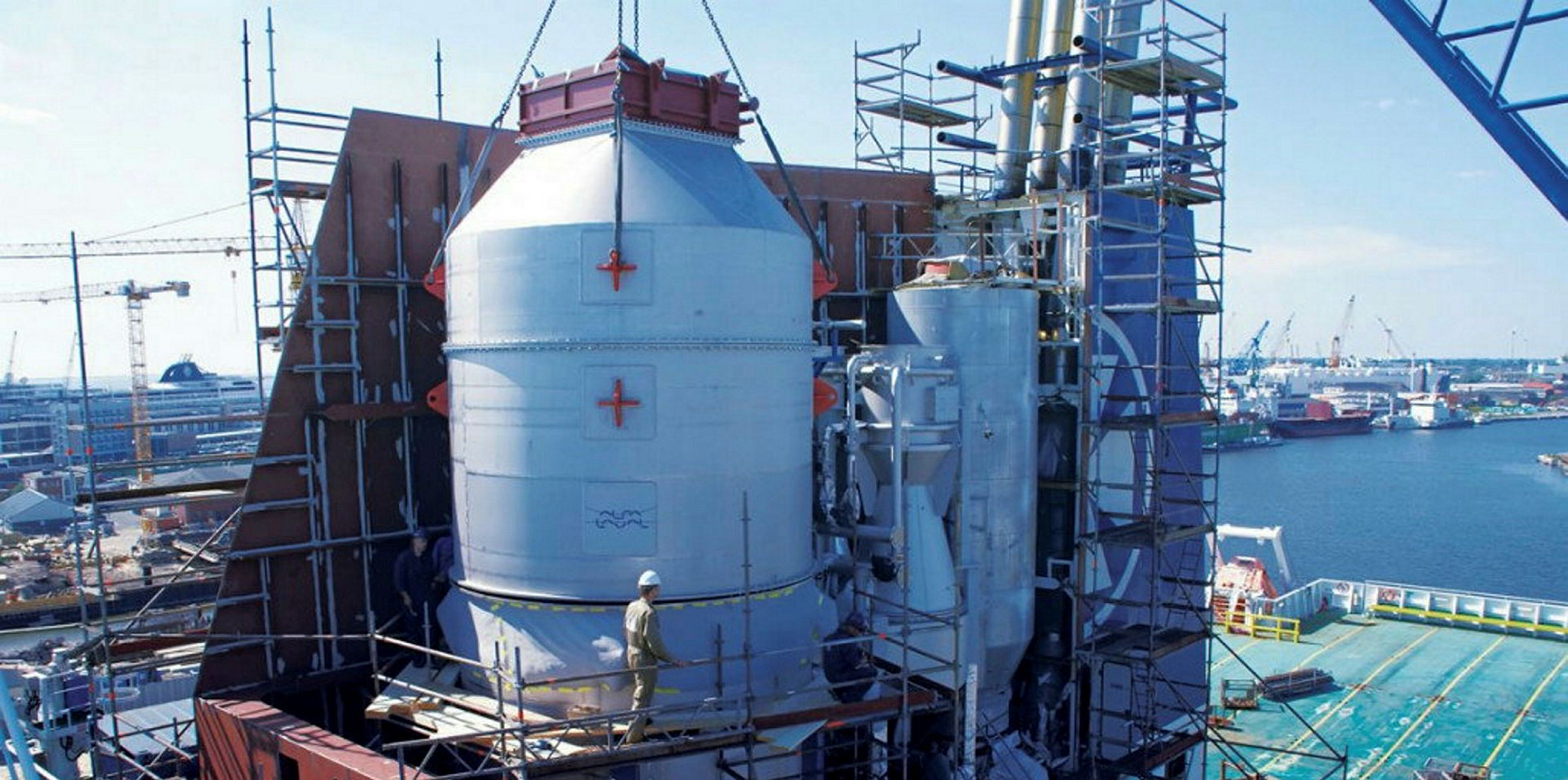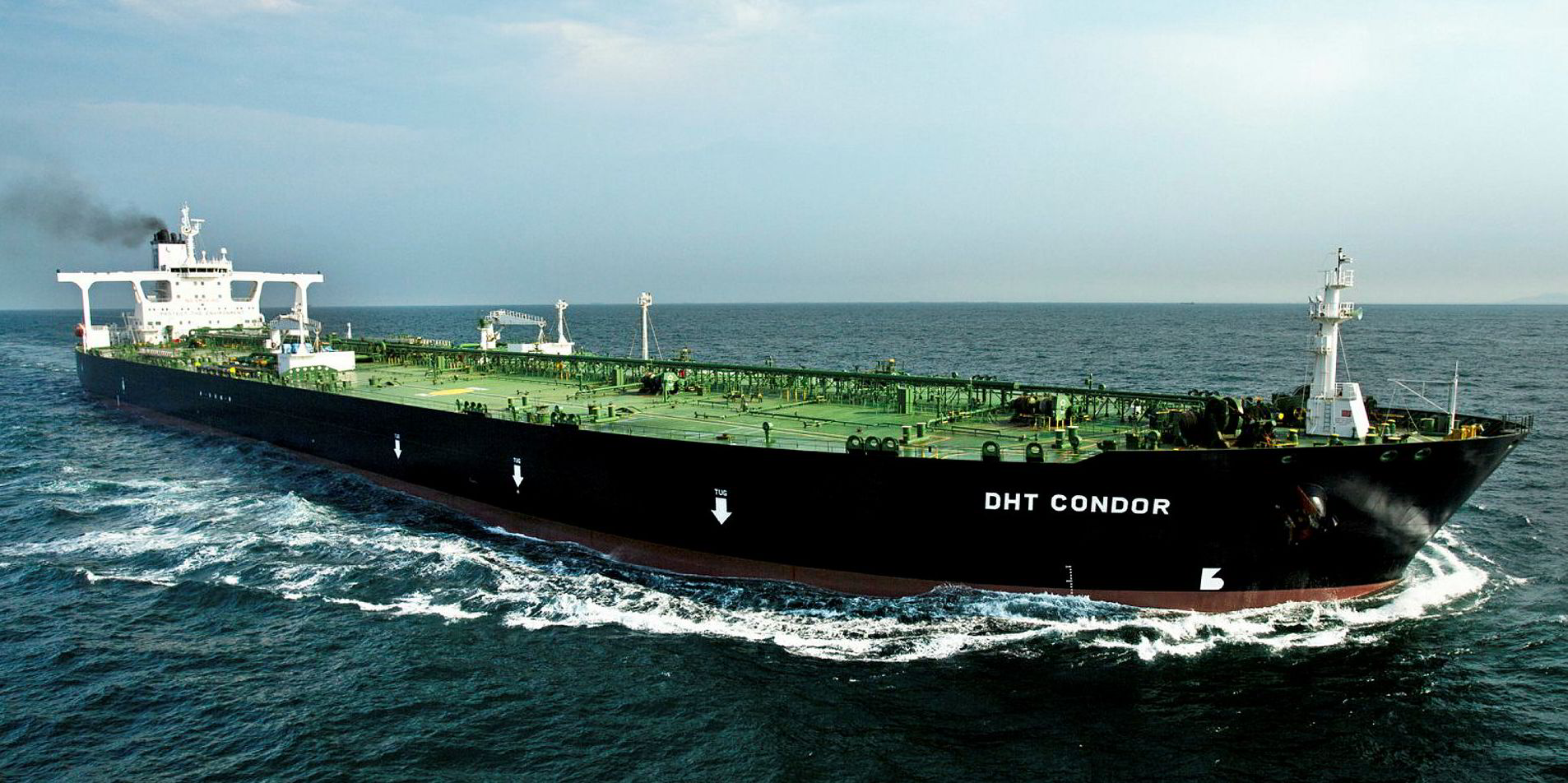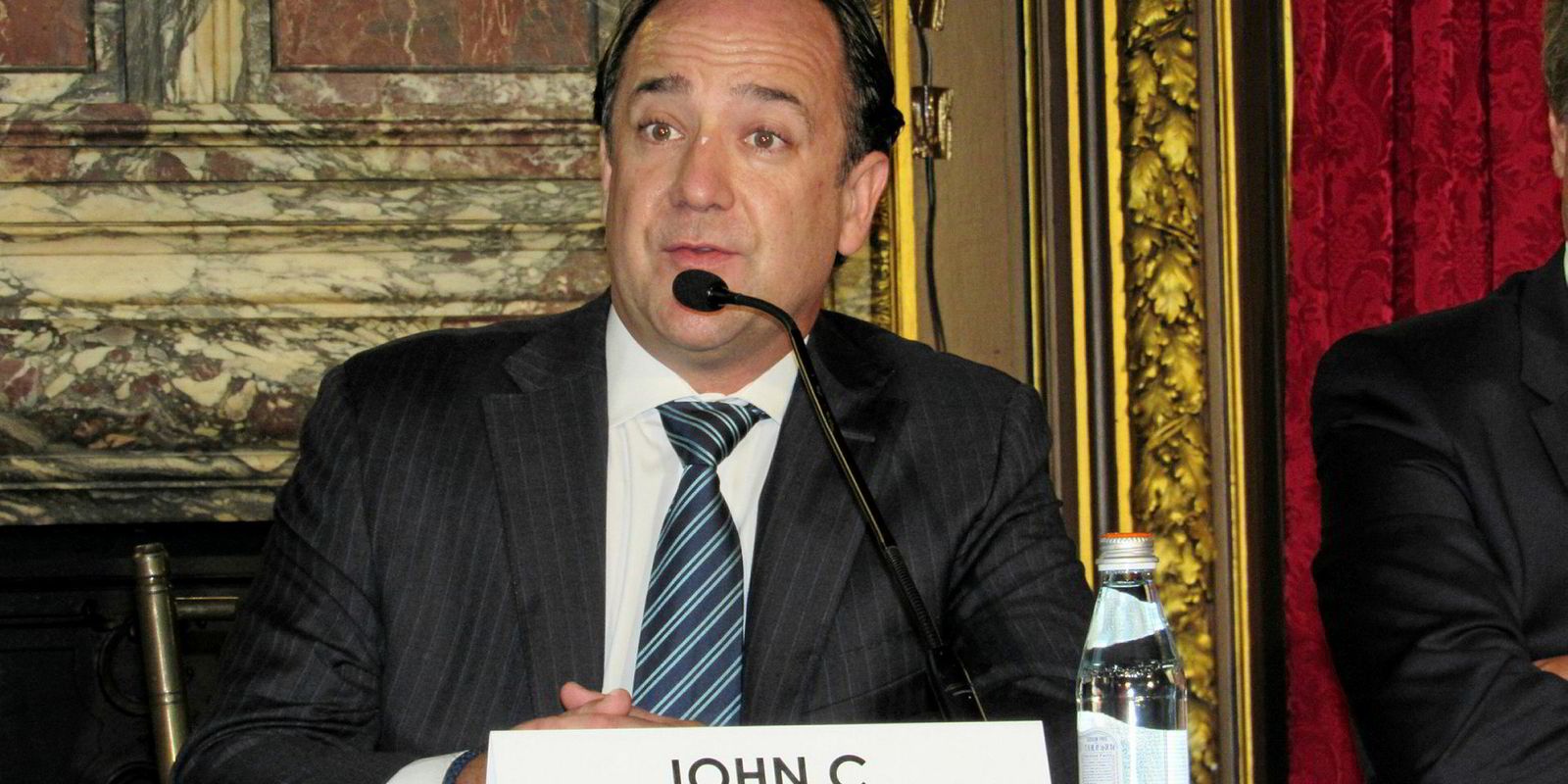Shipowners interested in installing scrubbers on their ships better act quickly to take advantage of the forecast wider discount of high sulphur fuel oil (HSFO) to compliant fuel post-2020, according to Gunvor chief executive Torbjorn Tornqvist.
Many in the shipping and energy industries are expecting serious disruptions in the bunker supply chain in 2020, when vessels will need to run on 0.5%-sulphur fuel, LNG or be installed with scrubbers to continue consumption of HSFO based on IMO rules.
While this development is expected to lead to wide, volatile price spread between high- and low-sulphur marine fuels in the initial periods after 2020, Tornqvist suggests the bunker market will gradually find its balance again as refiners and shipowners adjust.
“There will be a lot of disruptions…but [things will] gradually normalise,” Tornqvist told the Oil and Money 2018 conference.
“If you don’t have scrubbers in 2020 and you wait until 2022 or 2023, I’m not sure if your return will be enough.”
Based on HSBC’s estimates, the price spread between HSFO and 0.5%-sulphur fuel oil is expected to narrow to $40.3 per barrel in 2023 from $56.8 per barrel in 2020.
The pricing development is expected to come as global refineries adjust their product output while more vessels are installed with scrubbers.
General industry estimates suggest only 5% of the global fleet will have scrubbers come 2020, but Tornqvist points out simply going by the percentage may be missing the point.
With 20% of the global fleet accounting for 80% of bunker demand, “you don’t have to install a lot of scrubbers,” he said. “You just need to do it on the right ships.”
Cruiseships, larger containerships and VLCCs are generally good candidates for scrubber installations due to the amount of bunker fuel they consumer, even as shipowners with aged vessels or weak balance sheets may be hesitant in making such investments, according to Alex Beard, Glencore’s chief executive in oil and gas.
Glencore expects vessels with scrubbers to still consume 25% of the world’s HSFO production come 2020, with the proportion likely to grow bigger later.
Of the global HSFO demand of seven million barrels per day (bpd) this year, the shipping sector accounts for 3.5 million bpd, McKinsey estimates.
“Big” for the US
Tornqvist also predicts the IMO 2020 rules to be “big” for the energy industry in the US, where light, sweet crude production is rising on the back of shale production and many refineries are more capable of processing heavy, sour crude into lighter products than their foreign peers.
With the price spread between light and heavy crude expected to reflect differentials between different bunker grades, Tornqvist foresees US energy firms will import more heavy crude for processing and export more light grades after 2020.
“The biggest beneficiary is the US,” Tornqvist said. “They will get a big advantage.”






